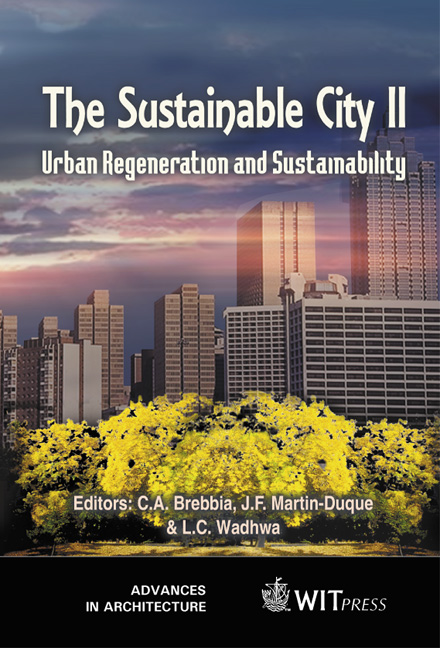Assessing The Potential Of New Artifacts For Sustainable Mobility Systems: The Mitka Case
Price
Free (open access)
Transaction
Volume
54
Pages
Published
2002
Size
666 kb
Paper DOI
10.2495/URS020851
Copyright
WIT Press
Author(s)
L Berchicci & P Vergragt
Abstract
This paper presents a conceptual study on the contribution of new artifacts to the mobility system in terms of sustainability. Many innovative technical concepts are ready to be introduced into the mobility arena having the potential to enhance the sustainable potential, but many limitations impede these innovations to be implemented. In order to understand and avoid such barriers, a broad view should be contemplated during the process, in which many aspects of the present and future mobility system should be considered. Within the urban and suburban boundaries the personal transportation system is the background for a problem setting, in which the car is still the most used means of transportation on short distances. In order to overcome the gap between the car and the bicycle a new mobility concept has been suggested as one of the potential solutions, the Mitka: a human powered vehicle characterized by three wheels and electric power assistance. The paper assesses the potential of the Mitka concept in the context of the mobility system as one of the possible solutions for the negative externalities of the current transportation system such as environmental pollution, congestions and land use. It discusses in which conditions the Mitka can be integrated in the urban and suburban mobility system regarding the infrastructure, regulations, organizations and user acceptance. 1 Introduction Constantly growing traffic in Europe leads to increasing environmental, economical and social problems, and deteriorates the competitiveness of economic activ-
Keywords





